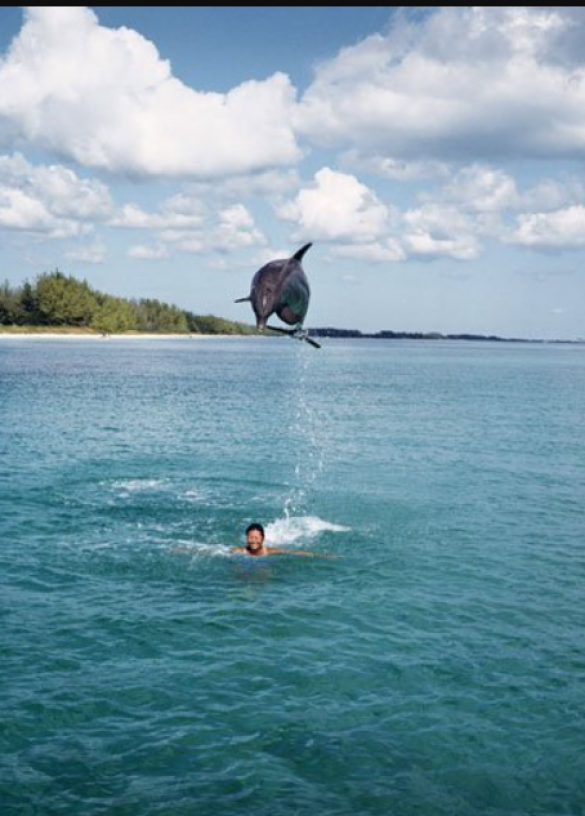
Havana: The World Meteorological Organisation issued a warning on Wednesday that the severity of extreme weather and climate shocks was increasing in the region, as some countries in Latin America struggle with severe drought and others experience disease outbreaks brought on by flooding.
In a new report on the state of the climate in 2022, the UN weather agency stated that Latin America and the Caribbean were caught in a "vicious cycle of spiralling impacts" of accelerated warming and sea level rise.
Numerous recent occurrences in the area were influenced by a persistent La Nina climate event, "but also bore the hallmark of human-induced climate change," according to WMO Secretary General Petteri Taalas.
Also Read: EU expedites arming Ukraine by sealing its ammunition production plan
Moreover, he issued a warning, saying that "the recently arrived El Nino will increase the heat and bring more extreme weather."
Sea surface temperatures in the central and eastern Pacific near the equator are typically warmer than average during El Nino events, whereas La Nina has the opposite effect.
The WMO report's key points, as announced in Havana:
• Between 1991 and 2022, there was the fastest rate of warming ever recorded in Latin America and the Caribbean, with an average warming trend of about 0.2 degrees Celsius per decade (higher in Mexico and the Caribbean).
Also Read: Attacked after the Eid Al-Adha service was a Muslim lawmaker from Connecticut
• Compared to the global average, sea levels rose more quickly in the South Atlantic and subtropical North Atlantic, increasing the risk of coastal flooding and tainted freshwater.
• Record-setting wildfires occurred in countries like Argentina and Paraguay during periods of unusually high temperatures, low air humidity, and severe drought.
• As a result of the fires, carbon dioxide emissions that contribute to global warming reached their highest levels in 20 years, "locking in even higher temperatures."
Heavy rains led to landslides and floods that resulted in billions of dollars in damages and hundreds of fatalities in the area.
• The worst drought since 1944 hit the Parana-La Plata Basin, which includes parts of Bolivia, Brazil, Paraguay, Uruguay, and Argentina. Low river flows reduced hydropower production, forcing nations to switch to polluting fossil fuels as a substitute.
• The 14-year mega-drought in Chile is the most severe in the area in over a thousand years.
Also Read: Four people were killed when a missile hit an apartment block in Lviv, Ukraine
• Glacier melt has gotten worse, with the Andean glaciers losing almost all of their snowpack in the summer of 2022. As a result, the darker glaciers absorbed more solar radiation, causing the melt to proceed more quickly.
• Early warning systems for severe weather events only reach about 60% of people in Latin America and the Caribbean.